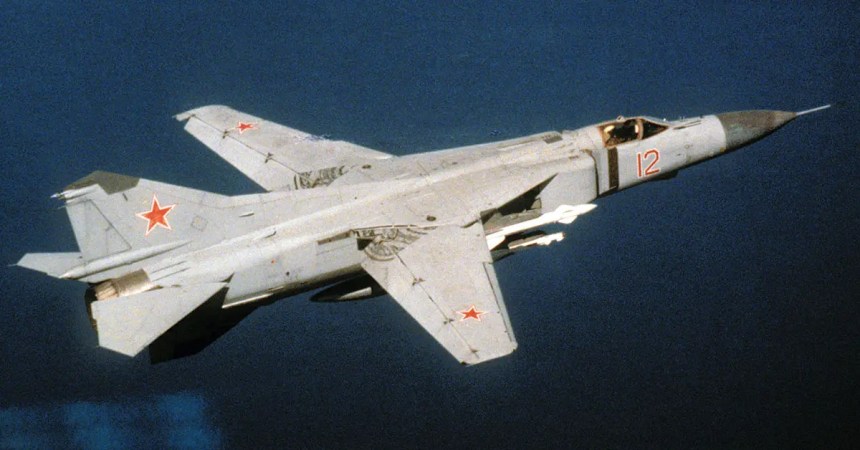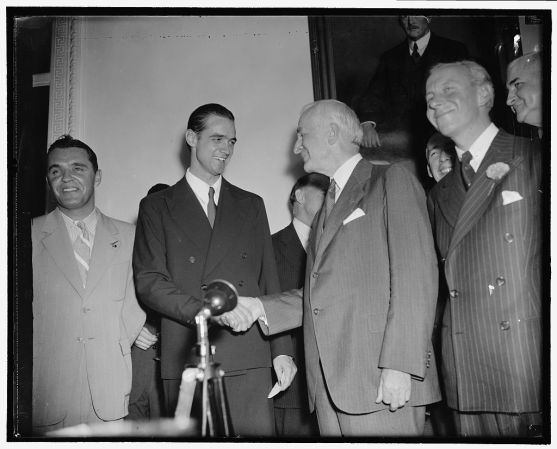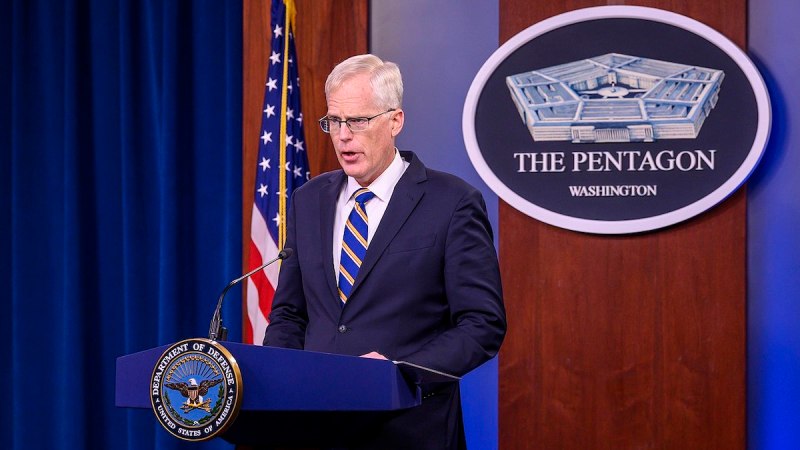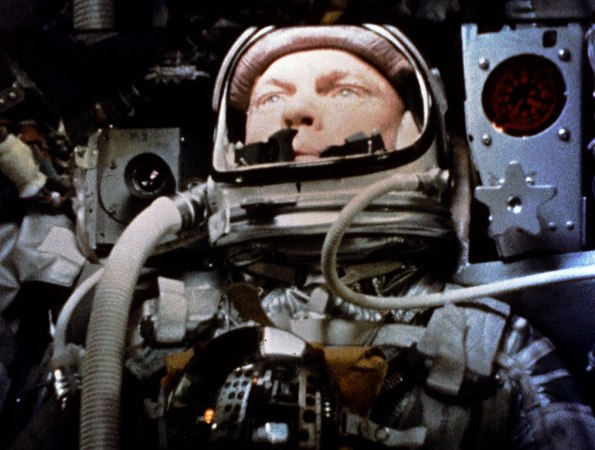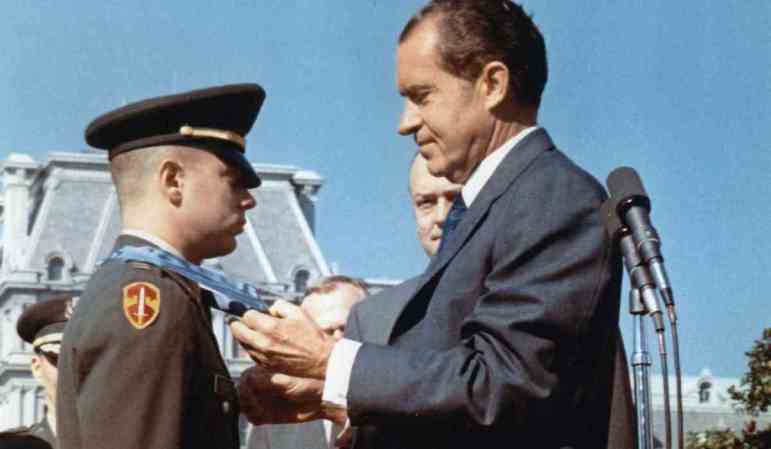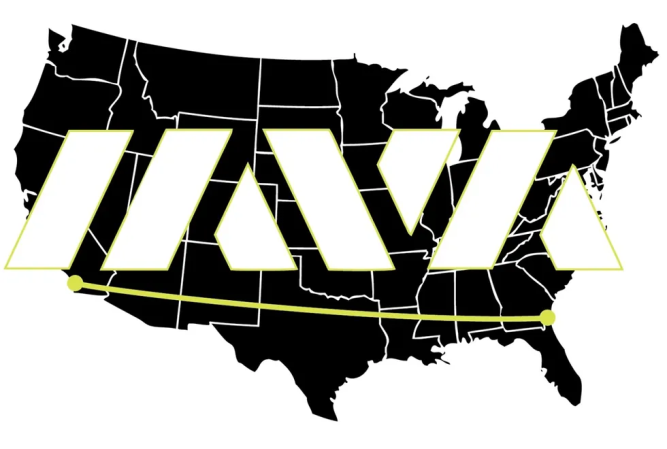In 1985, the Cold War turned 40 years old. Though the Space Race had been over for more than a decade by then, the competition between the Americans and Soviets for the domination of Earth’s orbit was intense.
Each side used spy satellites to track the military movements of their rival. The Soviet Union became so proficient at the use of satellites, it could launch many rockets into orbit, sometimes in a matter of hours.
The number of satellites the Soviet Union could produce and their ability to place them in orbit so quickly was considered a dangerous threat. Figuring out how to mitigate the threat of an object in low Earth orbit was the order of the day.
Enter the F-15.
The F-15 carried an ASM-135 ASAT anti-satellite missile, a 3,000-pound, 18-foot-long projectile that the pilot would carry to the edge of space before firing at a target 345 miles above the surface of the Earth, moving at 23,000 feet per second.
They tested the tactic on P78-1, an obsolete American research satellite, in orbit since 1979.

On Sept. 13, 1985, then-Maj. Wilbert “Doug” Pearson took off from Vandenberg Air Force Base, Calif., bound for the edge of the the atmosphere. Once he reached 30,000 feet, he would have 10 seconds to fire his weapon.
The Smithsonian has actual video from the fight of then-Maj. Pearson’s F-15.
Flying at just above Mach 1.2, Pearson pulled up into a 3.8 G, 65-degree climb that reduced the speed of his F-15A to just below the speed of sound. He fired the guided missile at 38,100 feet. The 2,700-pound, three-stage missile used an infrared sensor to strike its target, hitting the one-ton satellite at 15,000 miles per hour.
The flight was dubbed the”Celestial Eagle Flight” and made Pearson “the first and only space ace.”




